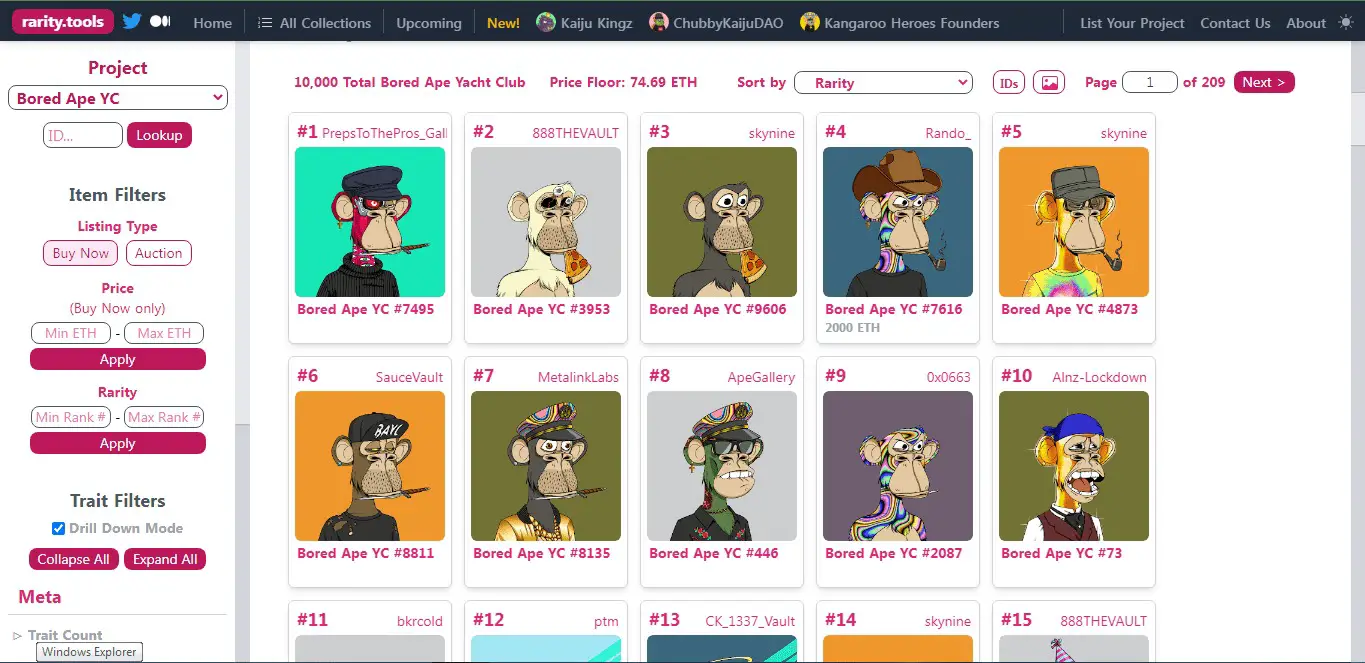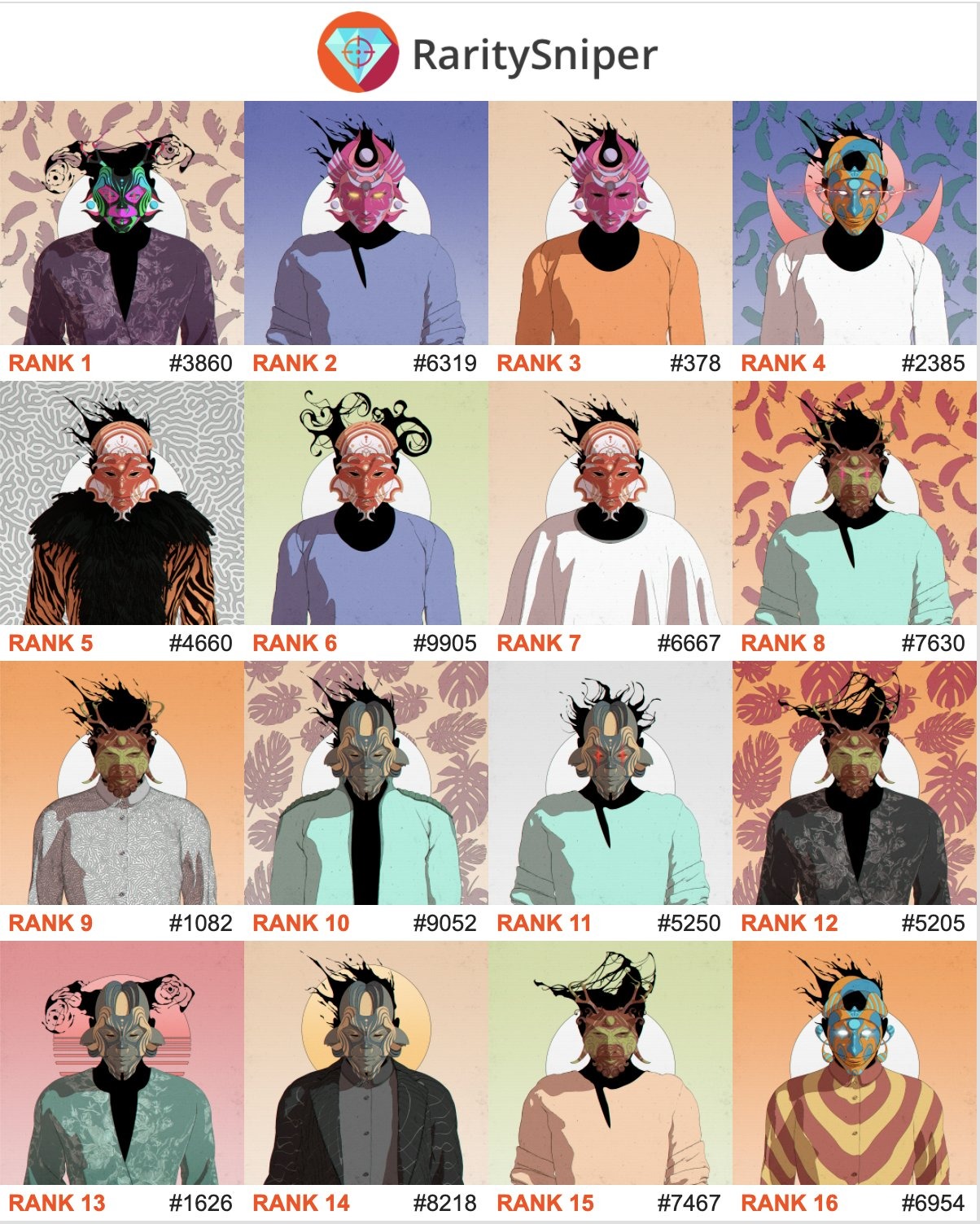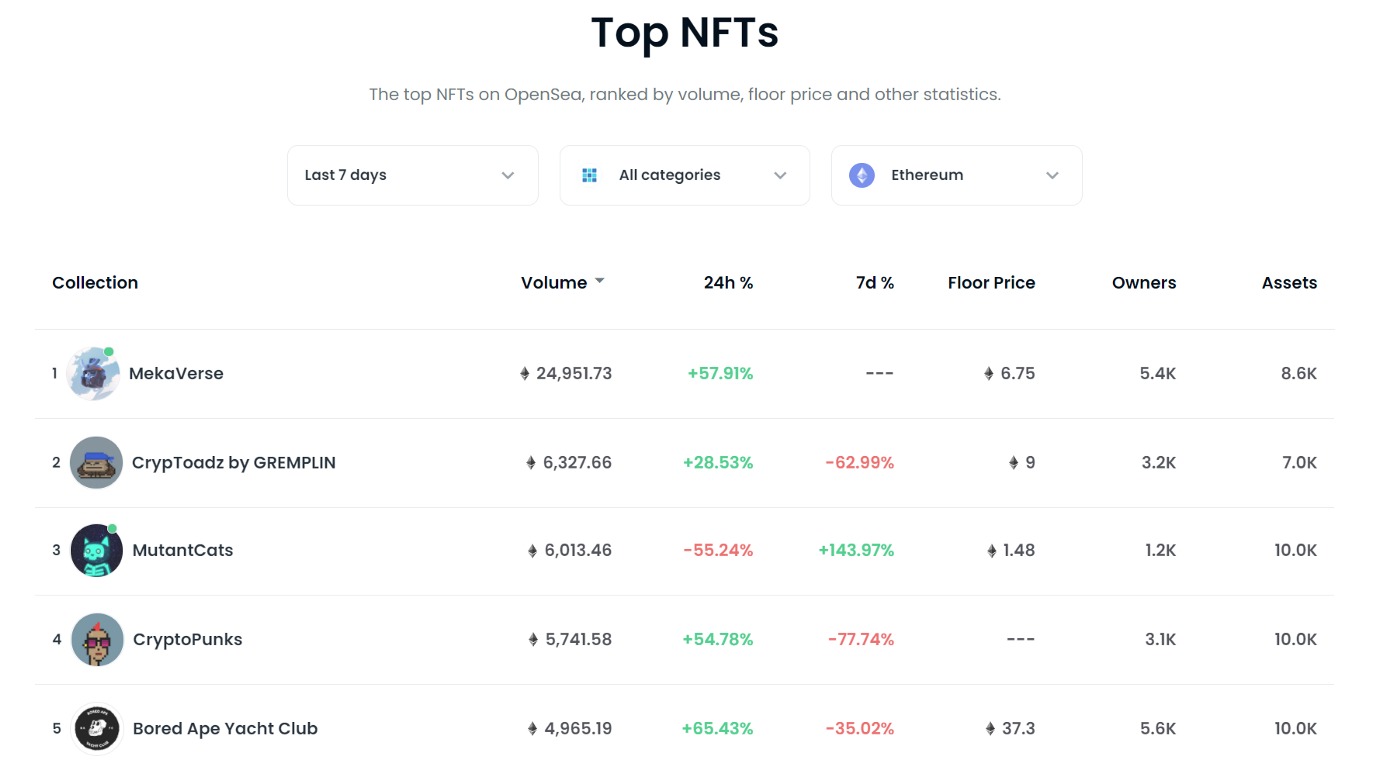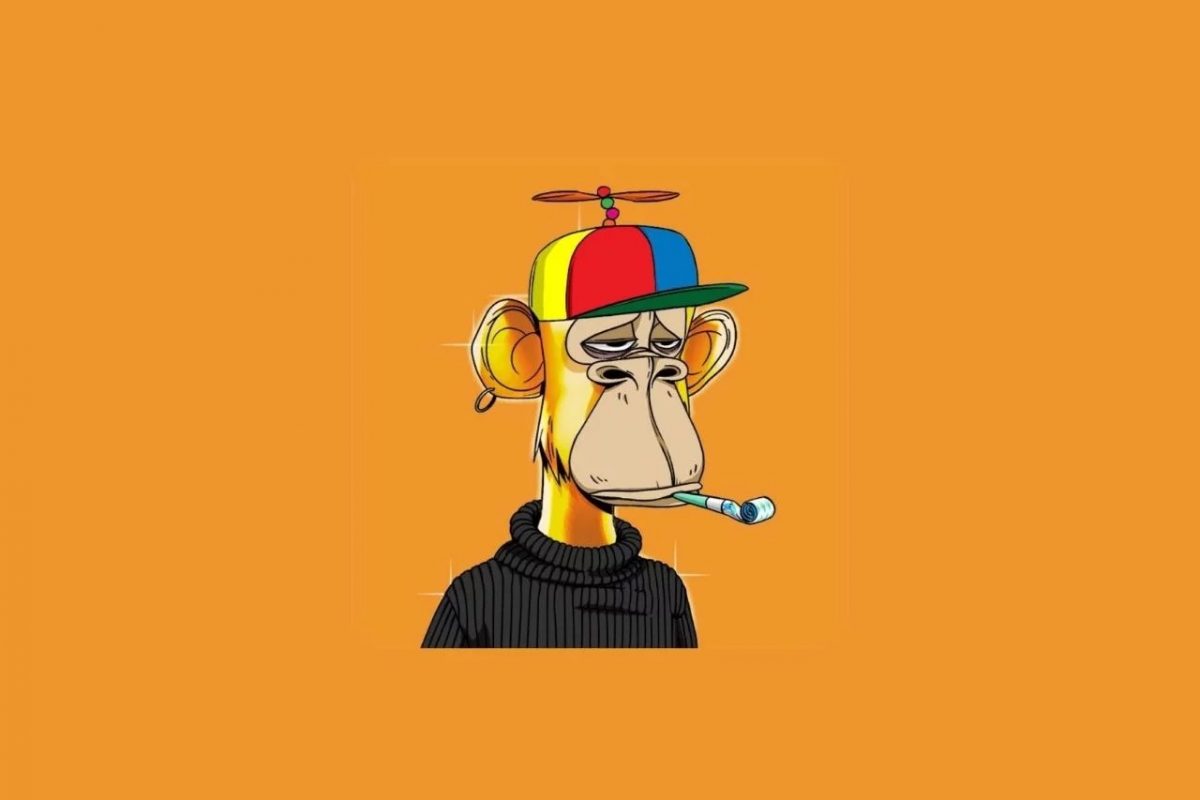Today we are going to review some of the best NFT rarity tools. This year, we’ve witnessed the exponential development of NFTs. There is one issue that investors frequently ask when it comes to checking NFT rarity and how to do it. The NFT rarity is a crucial element in determining its value. But, what exactly is the rarity and why is it so important?
What is NFT rarity?
What factors influence the value of an NFT, amid a slew of new cryptocurrencies entering the market? Why do some NFTs sell for millions of dollars while others, sometimes from the same collection, sell for thousands of dollars less? The answer to that question is the rarity. Simply said, the rarity of an NFT determines how rare it is, and therefore its value. Collectors are the most interested in rare NFTs, which drives their price up. This is why collectors want to know about the scarcity of an NFT in their collection or if they’re purchasing a unique item.
How is NFT rarity calculated?
What is the definition of “rare” in the world of NFTs? One is a 1/1 NFT from a well-known crypto artist like Fewocious or celebrities like Paris Hilton or Snoop Dogg. These are self-evident, to say the least. But when it comes to hundreds of NFTs in a collection, however, it’s the rarity of each feature within each NFT that determines its overall value.
Let us take a look at hit NFT collections, such as CryptoPunks, as an example. The collection includes 10,000 NFTs divided into five distinct “Punk types.” While the rarest type is the elusive ‘Alien,’ with just nine of them in circulation, the least rare variety is ‘Male,’ with 6039 NFTs in existence. Furthermore, each type has its own set of characteristics or qualities with varying rarities. For example, ‘Beanie’ and ‘Choker’ are attributes that are quite uncommon, with only 44 and 48 Punks wearing them, respectively. Traits like ‘earring’ and ‘cigarette,’ on the other hand, are more frequent.

With this much variety even in one collection, the question of how you can check the rarity of an NFT arises. The overall scarcity of a specific NFT may be calculated in a variety of ways. Calculating the NFT rarity based on the rarest trait, taking an average rarity of traits, or statistically assessing rarities are just a few examples. However, all these methods focus on the overall features of an NFT rather than one particular feature. As a result, Rarity Tools developed a method known as a “rarity score.”
According to Rarity Tools, “The total Rarity Score for an NFT is the sum of the Rarity Score of all of its trait values.” The following is the formula used to calculate the Rarity Score of a trait value:
Rarity Score for a Trait Value = 1 / ([Number of Items with that Trait Value] / [Total Number of Items in Collection])
The score accounts for both the single characteristic of an NFT as well as the overall trait rarities. As a result, Rarity Score has emerged as the industry standard for rating NFT rarity on many websites.
Best NFT rarity tools to check the rarity score
Obviously, no one wants to calculate the rarity of each NFT they’re seeking for themselves. Don’t worry; there are several investment tools that will do the job in a few mouse clicks. Let’s have a look at some of the best options!
Rarity Tools
The most frequent method to determine NFT rarity is Rarity Tools. It ranks NFTs by the scarcity of their features in real-time. You can filter NFTs according to their average price, total sales volume, owner count, and top collections on the site. Furthermore, you may discover information about both existing top collections such as BAYC and CryptoPunks as well as future projects. In addition, the website has a simple and pleasant user interface that makes determining NFT rarity a snap!

NFTs with a lower Rarity Score will have a more common type of rarity, and vice versa. CryptoPunk #8348, for example, which is rated number one on the site, has a Rarity Score of 10342.68. CryptoPunk #7804 has a score of 2329.18 which is the second-highest NFT Rarity Rank on the site. While the tool is free to use, NFT projects must pay 2 ETH in listing fees to be listed on the platform.
HowRare.is
This one is one of the best NFT rarity tools available. If you want to know the rarity of Solana NFTs, then HowRare.is is your best bet. On the basis of the floor price, the number of items, and holders, as well as whether the NFTs are on sale, the site has listed 255 Solana NFT collections. You can discover NFTs belonging to a collection based on their rarity within each collection. The rank and score of each NFT are displayed beneath its title, as well as attribute data.

You may discover the scarcity of your NFT using its asset ID. If you’re searching for information about upcoming Solana collections, you’ve come to the correct spot. These are not, however, verified by HowRare.is, so be sure to perform your own study before purchasing anything.
Rarity Sniper
Another example of one of the best NFT rarity tools is Rarity Sniper. It has a variety of 774 collections on Ethereum, Solana, and other platforms. It features an easy-to-use interface that displays rarity rank, score, and all traits in an attractive manner.

There’s also a 400,000-strong Discord community for Rarity Sniper. Surprisingly, you can discover the scarcity of NFTs here as well. To do so, simply utilize the following bot command under rarity-check:
The rarity of an NFT will be displayed by the bot. This is a straightforward method to determine the scarcity of NFTs. You’ll only be able to discover the rarity of Rarity Sniper’s collections, though.
Traitsniper
If you’re looking for information about new NFT projects, Traitsniper is a good place to start. The tool is focused entirely on ongoing and forthcoming projects. When a project is announced, the Traits Sniper bot takes less than two minutes to analyze the NFTs’ rarity. There are both free and premium versions, with the latter providing features such as real-time notifications of new reveals and their score.

OpenSea rankings
The largest and most well-known NFT marketplace is OpenSea. It tracks volume, floor price, and other metrics in order to provide NFT ranks. You may see the most popular collections over the previous 24 hours, 7 days, 30 days, or all time. This is an excellent approach to figuring out what collections are trending so that you can make an informed financial decision.

You won’t be able to determine an NFT’s overall rarity rank or NFT rarity score while you can see the traits and their frequency for each NFT. Despite this, having a marketplace and real-time ranking makes it very simple to choose which NFT is right for you.
Finally, investing in NFTs comes with a number of risks. While the investment tools are quite useful for determining NFT rarity, rarity shouldn’t be the only consideration while purchasing NFTs. Before you buy, it is critical to conduct your own study and have a thorough understanding of the market.





